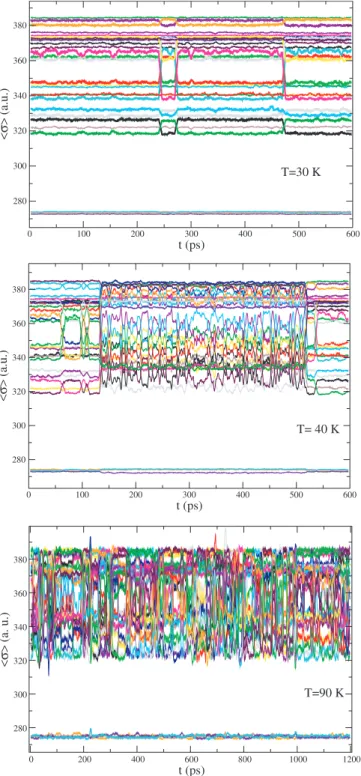Small sodium clusters that melt gradually: Melting mechanisms in Na30
Texto completo
Figure




Documento similar
The systematic uncertainties that are considered in this analysis can be divided into two main categories: the uncertainty in the determination of the SM background and the
Indeed, as discussed in Chapter 3 in the adsorption ground state there is a partial electron transfer between a molecule and the surface (this stationary redistribution of an
determined that CNPs were able to scavenge ClO - both in test tube and in vitro RAW cell culture model by surface interaction and a reaction involving the evolution of oxygen
What is advocated here is the fact that even two such similar words as almost and nearly may be dissimilar in the realm of language use; they are very close in meaning and
These transcripts were classified into different functional categories by using GO analysis and the Uniprot database, which showed that those potentially involved in
The counterbody analysis after HT tests reveal that in ball surface small abrasion marks (maybe microplowing) and dark colour is observed (with flat and undeformed surface),
5c shows the presence of fluorine due to the IL+G1 accumulated at the surface asperities on the ER surface, although the wear rate is negligible as can be observed in the
The results show that the letters form clusters according to their shape, with significant shape differences among clusters, and allow to conclude, with a very small probability

